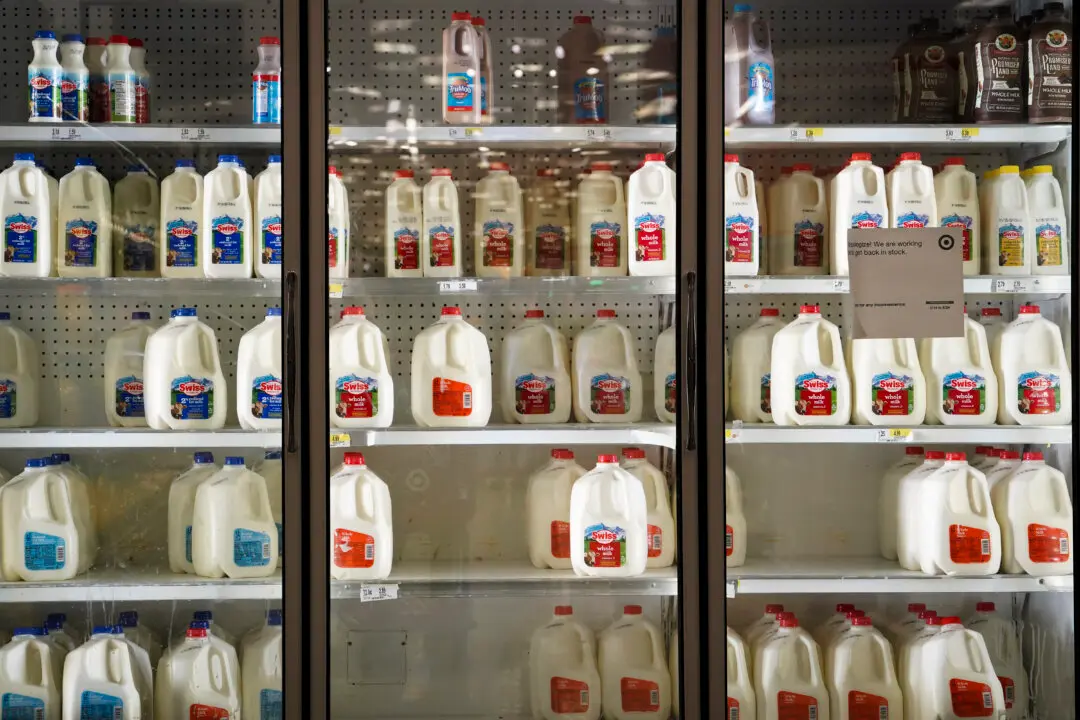Last year, a higher proportion of Americans with 401(k) accounts carried out hardship withdrawals—emergency removal of funds from a retirement plan—as many people financially struggled under decades-high inflation rates.
“A record 2.8 percent of the 5 million people in 401(k) plans run by Vanguard tapped their retirement savings in 2022 to cope with hardships such as medical bills, eviction, or foreclosure. That is up from 2.1 percent in 2021 and a pre-pandemic average of about 2 percent. Similar trends were seen with other 401(k) plan administrators and the federal government’s Thrift Savings Plan,” Fiona Greig, global head of investor research and policy at Vanguard, said in a LinkedIn post on Feb. 3.





